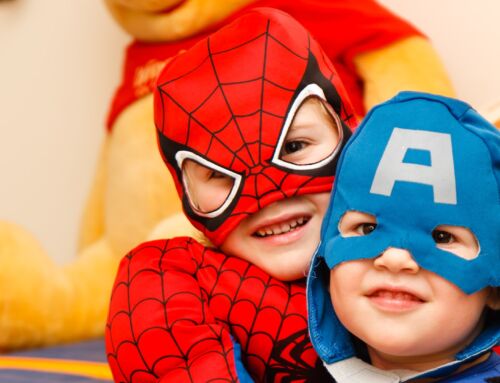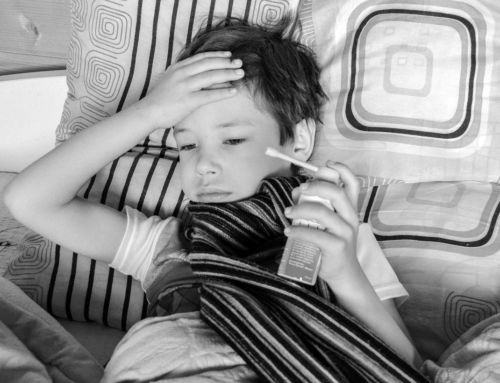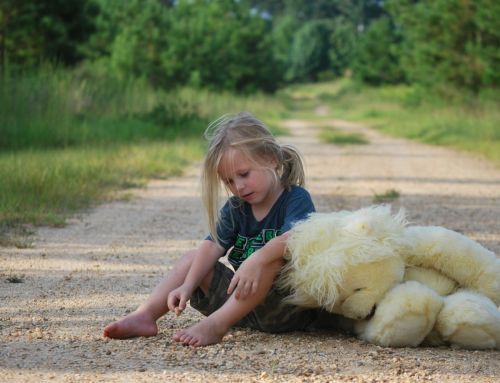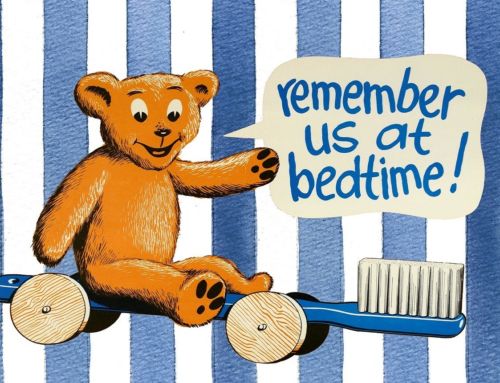Teaching table manners to your preschooler
Whether you’re eating at home, dining out, or having dinner with friends, good table manners for kids are an important part of every meal. When you teach your child good table manners, you are giving them important tools for social interaction that will serve them for the rest of their lives.

FOLLOW US
Want your preschooler to have better table manners? Follow along to know where to start, What you can teach, how to tackle with them, how to control them if things go wrong at some point, and setting some rules to make your point.
Where do I start?
♦ Start by engraving the idea that mealtimes are pleasant and that good behavior makes them more fun for everyone.
♦ Talk with your preschooler about the importance of good manners.
♦ Encourage him to think of himself as a polite person.
♦ Set realistic expectations, then gently reinforce them until they become a habit.
What can I teach table manners to him at this age?
Your child isn’t ready for the finer points of well-mannered dining (such as which fork to use for the cake), but he’s old enough to start learning and even perform the basics — depending, of course, on whether he’s just turned 2 or is approaching kindergarten age.
Some behaviors to teach and encourage at this age:
♦ Hand washing before coming to the table
♦ No toys at the table
♦ No throwing or grabbing food
♦ No banging utensils
♦ No spitting food out
♦ No yelling or running around the room while others are eating
♦ Saying “please” and “thank you”
♦ Using utensils instead of fingers when appropriate
♦ Asking to be excused at the end of the meal (a nice touch is to teach him to thank the person who prepared the meal)
♦ Clearing dishes from the table to the sink or counter (if the path is clear and the dishes are replaceable)
Every child is different. Some older preschoolers who enjoy learning to act “grown-up” can handle a few more details. Your child might like to know how to put his napkin in his lap and use it to wipe his mouth, to take small bites, and to chew with his mouth closed. He can learn not to slurp his beverage (by leaving some in the bottom of the glass), to wait until everyone is served before starting to eat, and to comment nicely on the foods he likes (but not on those that are “yucky”). Mealtime is a great opportunity for him to polish his communication skills, too, so be sure to include him in discussions.
What’s the best way to tackle these lessons?
You have to trust that preschoolers at that age admire their parents. They want to please you and wants to be like you, so the best way is to show them how it’s done. Talk pleasantly at the table — no lectures, arguments, or raised voices. Say “please” and “thank you” when you ask for something to be passed. And don’t read the paper, watch television, talk on the phone, or jump up to tend to other things. Show him that good table manners involve showing respect for the other people at the table.
Give your child strokes for behaving well at the table — when he sits nicely and asks politely, for example. Don’t overdo the praise, though, because you don’t want him to feel that he’s the center of attention whenever you sit down to share a meal.
Does your child misbehave at the table? What you can do?
Right from birth, Children are attention-seeking spirits, You have a couple of choices to tackle misbehavior. Some parents find it best to ignore the misbehavior — the demanding, the banging, the mess-making. When this tactic works, it’s because the child stops doing whatever gets no response. Other parents find that it’s better to find ways to discourage their child’s problematic behavior. If your child doesn’t say “please,” then don’t serve that second helping until he does. And some parents simply remove their children from the table when they do things that are unacceptable, explaining that their behavior is not good manners.
If you make it enjoyable for your child to share meals with you — by talking with him and being upbeat — then they more likely to want to stay and share the good vibes. Next time (or eventually), they won’t do things that get them banished.
SIMILAR READS: How to Help your Child make Friends
Setting some good rules?
Different families are comfortable with different rules, so you get to decide. One family might be fine with everyone coming to dinner in their bathing suits or jammies, for example, while another may require that everyone gets dressed for dinner. Your family may enforce the “no elbows on the table” rule, while another has no such rule.
There are a couple of rules you might not want to enforce at mealtimes, though. One is the old “clean your plate” rule. You want your child to learn to stop eating when his body says it’s full, not when everything in front of him is gone. So offer small portions, refilling as necessary, and respect his decision to stop eating.
At this age, you might also forgo the rule about sitting at the table until everybody is finished eating. Your preschooler is still active by nature, and it’s likely he just can’t sit still that long. A better idea might be to let him ask to be excused whenever he’s finished. You might want to say that once he leaves he can’t come back for more food, though, so he won’t get into the habit of coming and going throughout the meal.
SIMILAR READS: Anxiety in kids – How to Overcome that
How can I get my preschooler to behave in restaurants?
It’ll help a great deal if your preschoolers’s been learning table manners at home. Before you leave, talk with him about what to expect. Tell him that it will be fun to share this special meal. Explain that there will be other people in the restaurant who won’t want to be disturbed, so he’ll have to use a soft voice and think about his table manners.
Make it easy on him by choosing a restaurant that’s not too crowded or too leisurely about serving. You may even want to call your order in ahead of time. Make sure your child is well-rested when you take him out to eat and that he’s hungry (but not to the point of a meltdown!). If he’s not up to the task once you’re in the restaurant, don’t reprimand him in public — just use gentle reminders. If he misbehaves in a way that disturbs other diners, though, leave without fanfare. Explain that he wasn’t able to stay because his behavior was unacceptable.
Another way to help your preschoolers learn how to be savvy diner at restaurants or at the next family holiday dinner is to role-play at home. Maybe he’d enjoy a tea party, where you emphasize good manners to his teddy bears. Or maybe he’d find a fancy dinner — with your best china teapot and tablecloth, candles, and dress-up clothes — inspiring. You might even exaggerate your good manners for fun.
Good table manners, like good manners in general, will be appreciated by people who come into contact with your child. Teach her that when she shows respect for others, she will get great things in return.
A well-mannered child will stand out in today’s world for all the right reasons. Saying, “Please” and “thank you,” and using good table manners will get your child noticed by teachers and other parents. Teaching good manners can seem a little tricky, however. It can be hard to convince a child to follow basic manners when his peers at school might not be doing so. Sometimes it’s helpful to really focus on one area at a time—like basic table manners—before moving onto other skills. If you give your child too much to learn at once he may become overwhelmed. It’s common too for previous skills to be revisited from time to time to make sure your child is remembering to use them.







